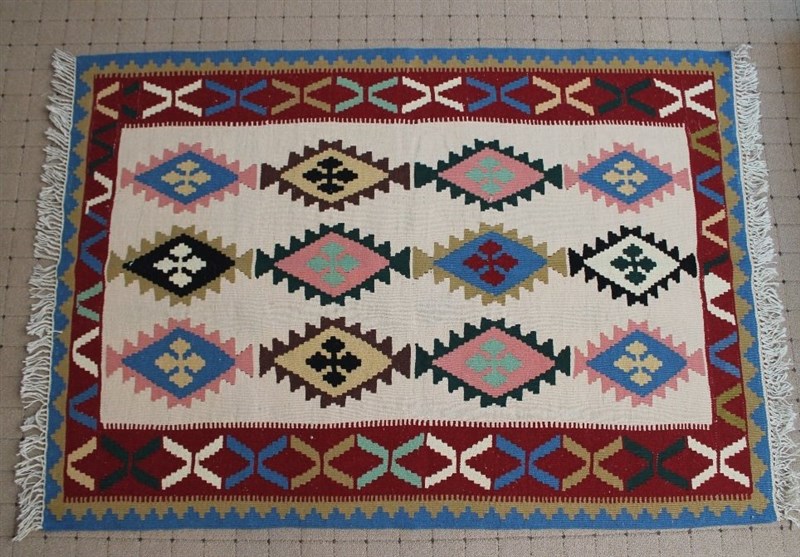Kilim: The Visualization of Iranian Art
TEHRAN (Tasnim) - Weaving has been one of the initial arts and industries of different mankind tribes. There are evidences proving the existence of rug and Kilim in ancient civilizations of Persian plateau.
The history of appearance of rug weaving in Iran dates back to 1500 to 2000B.C. while the history of appearance of Kilim weaving in Iran reaches to 3000B.C. which is considered as the initial time of textile industry in Iran. Weaving Kilim and Jajim (a woolen cloth) has been an introduction on appearance of rug weaving. Kilim is a kind of carpet without any lint which is knitted by tying warp and woof.
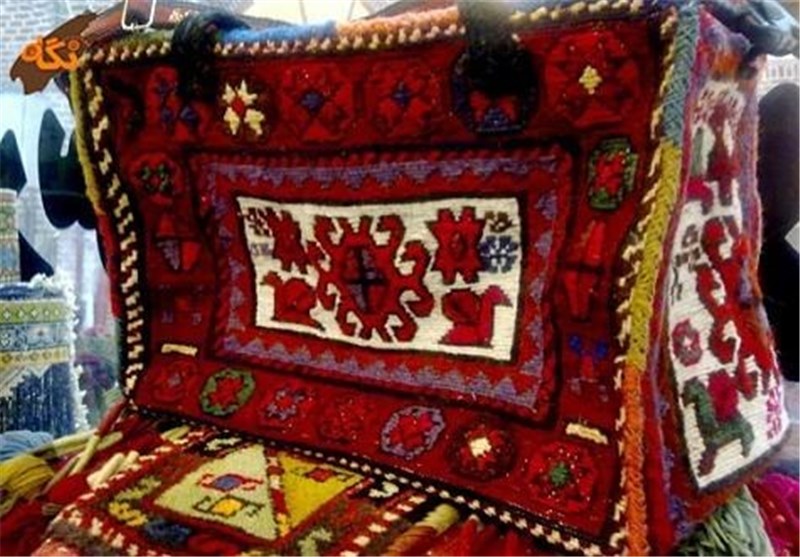
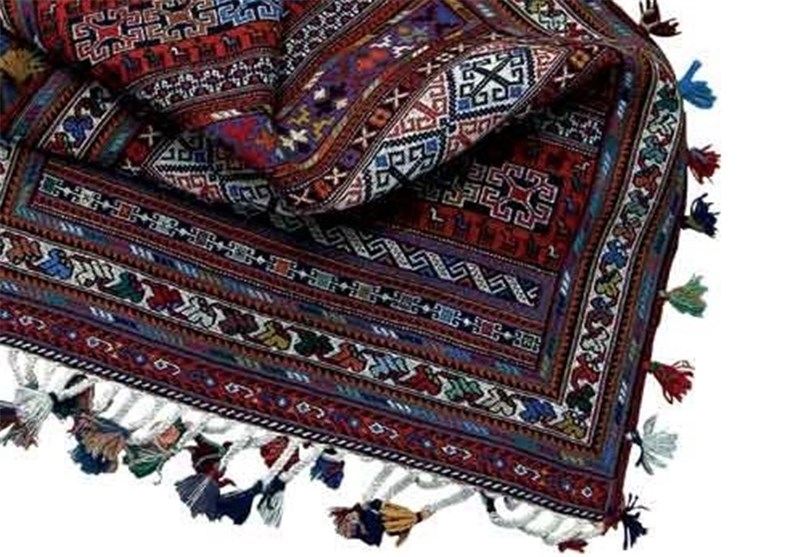
Usually the warp of Kilim is made of cotton, wool or silk; and the woof is often wool or silk which are all used in different colors. This carpet has got many names in Persian language but in Caucasus they call it “Bedas” and in Syria and Lebanon it is named “Liat”. In Romania it is called “Chilim” and in Turkey, Poland, Hungary and Saudi Arabia they call it “Kilim”.
According to archeology discoveries some evidences have been discovered which represents in Persian plateau and the adjacent lands there have been weaving 8000 years ago; for example in southeast caves of Mazandaran (Kamarband and Hutu cave near Behshahr city) some evidences have been found which shows that people of this region have been growing sheep and goats and spinning wools of these animals. Also a piece of cloth made of goal wool has been found near Caspian Sea with antiquity of 8000 years, also a linen cloth with antiquity of 6000 years was found in Shush.
Despite all these evidences, we cannot find an accurate initiating time for Kilim. If we consider the initiating time of rug weaving – based on Pazirik discovery- 1500 to 2000 BC we can declare that the initiating time of Kilim weaving has been 3000 to 5000 BC.
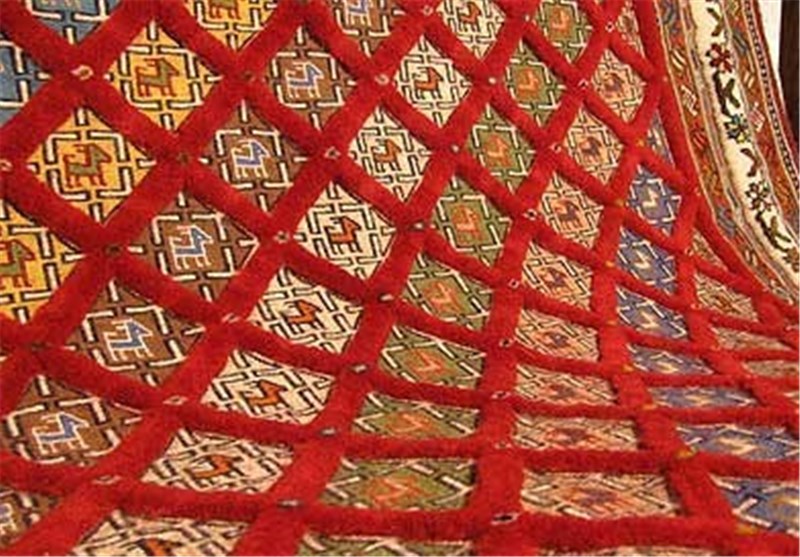
Kilim is being weaved in different parts of Iran and the distinction of Kilim is based on the region and the type of Kilim. Each region – according to its taste and feelings- creates an especial design and color for Kilim. Different kinds of Kilims and their production places are as the following:
Shirikipich weaved in villages and by nomads of Kerman.
Verni weaved in Maghan plain and by nomads of Ahar vicinity
Arsbaran weaved in Meshkin shahr of eastern Azerbaijan province
Gelimche weaved in Bijar and neighboring villages of Sanandaj
Zilo which is mostly weaved by cotton and is used as a summer carpet
Palas or Yalas which is weaved in Yazd
Masnad weaved in villages of Namin district of Ardebil province
Jal which is used as a dress for pack animals or as a prayer cloth
Ensy which is used for tying the furniture or is used for packing blankets and quilts
Javal which is weaved in the form of a bag and nomads use it for storing the foods.
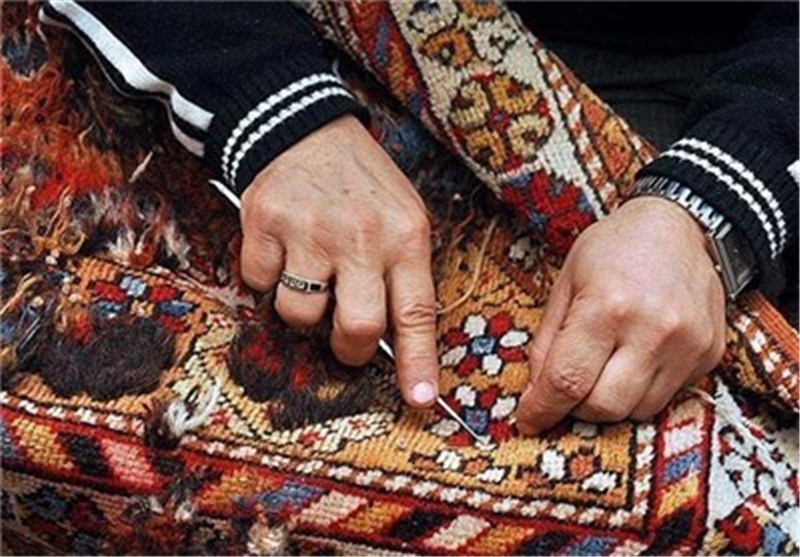
Source: Iran gazette
